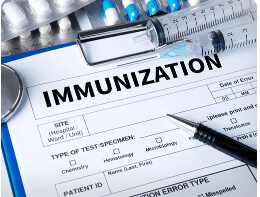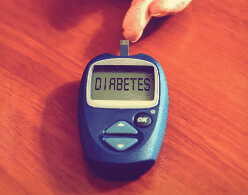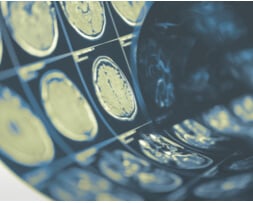In 1997 it was discovered that resveratrol has anti-Cancer properties. Since then, many researchers have been working on resveratrol’s mechanism of action. This past month has been fruitful in the breast Cancer field. Breast Cancer is the second most common diagnosed Cancer in women accounting for 28% of cases. [1][2]
In an effort to understand this Cancer, a group of researchers compared multiple breast Cancer cell lines treated with resveratrol and rapamycin (a commonly used immunosuppressant drug used to treat patients with organ transplants) (Cancer letters Volume 301, February 2011, pages 168-176).
Their objective was to determine which proteins are involved in the inhibition of breast Cancer cells. What they found was that P13K/AKT pathway was involved. For those not familiar with these proteins, it should be noted that these proteins (P13K/AKT) have been associated with regulating pathways associated with “turning on” telomerase activity but are also linked to better health and extension of cellular life.
Furthermore, these discoveries also open up the platform for potential new drug targets and/or therapeutic combinations, which is always valuable information for researchers and us. Another interesting research concerning breast Cancer cell lines involved using resveratrol and its derivatives, such as triacetyl-resveratrol and trimethoxy-resveratrol, as Cancer preventative activities (International Journal of Cancer January 2011, Published online ahead of print). [3]
Specifically, these different compounds were compared for their ability to stop breast Cancer cell growth and shut down the gene expression involved with breast Cancer cells. Their results indicated that resveratrol and triacetyl-resveratrol primarily worked via similar signals providing clues that these compounds may be better suited to aid as a breast Cancer preventer than trimethoxy-resveratrol.
References:
- https://www.tandfonline.com/doi/abs/10.3109/19390211.2011.650842
- https://www.sciencedirect.com/science/article/pii/S0955286305000355
- https://onlinelibrary.wiley.com/doi/abs/10.1002/ijc.25930








